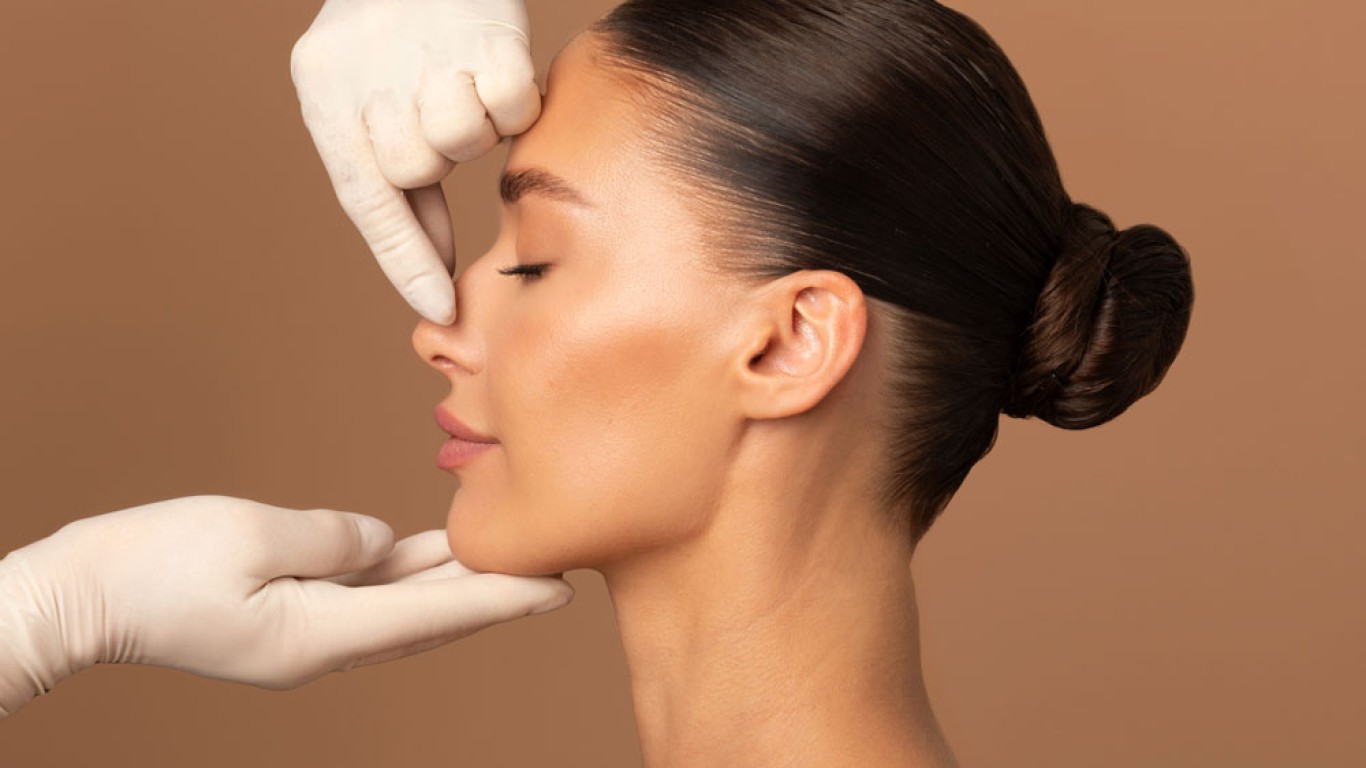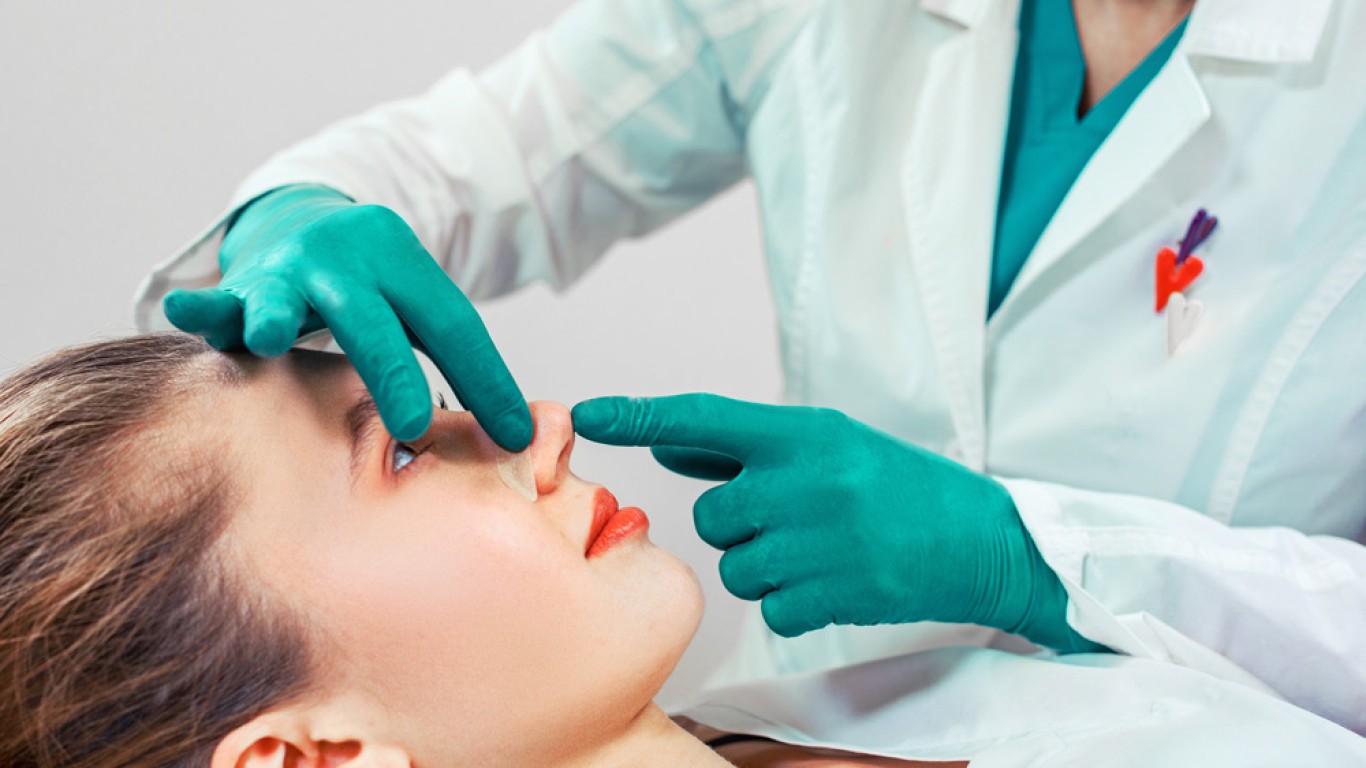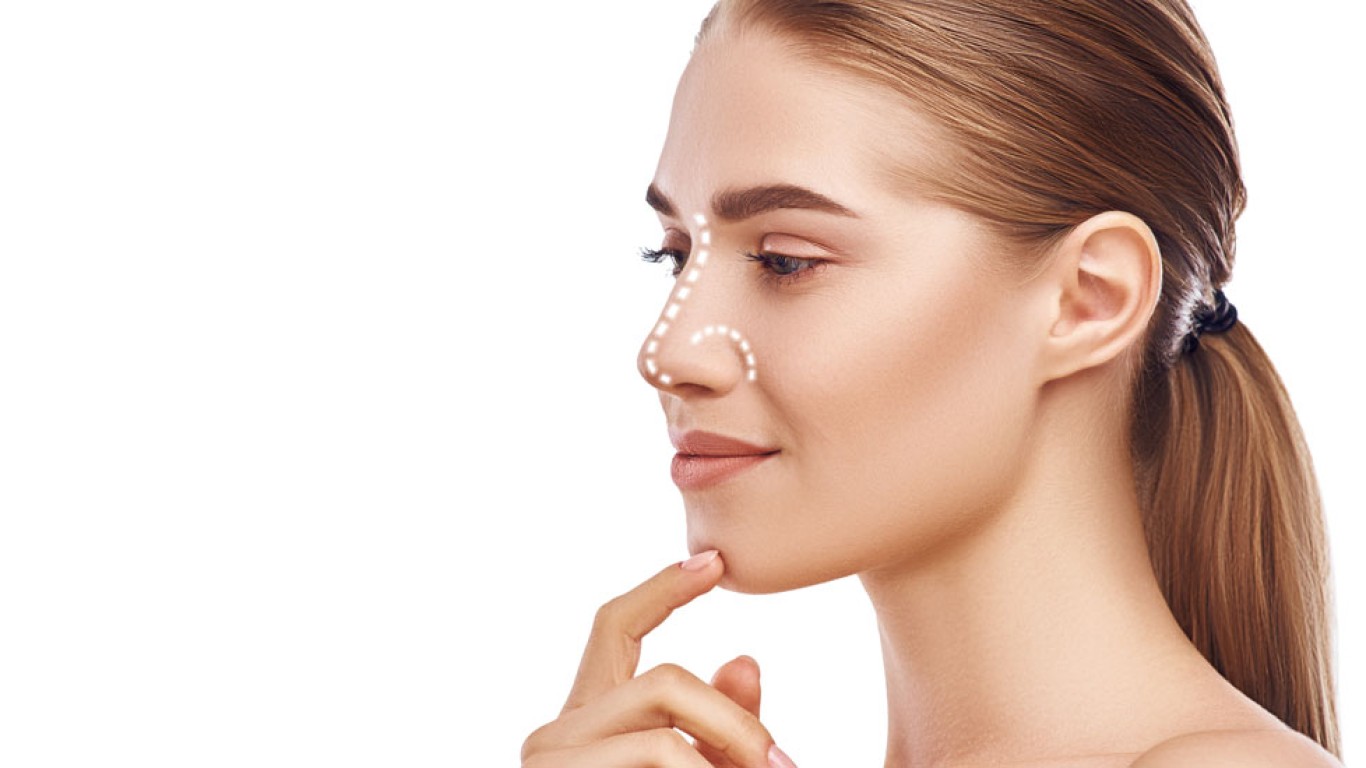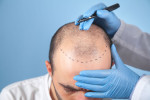Breathing freely is something many people take for granted - until nasal issues make it difficult. Enlarged turbinates and a deviated septum are two common problems that often appear together. Turbinates are small structures inside the nose that help filter and humidify air. When they are enlarged, airflow becomes restricted. A deviated septum worsens the blockage by narrowing the nasal passage further. Turbinate reduction with septoplasty addresses both issues in a single procedure. This article explains what turbinate reduction involves and how it is combined with septoplasty.
Understanding Turbinate Reduction
Turbinate reduction is a procedure that reduces the size of the turbinates inside the nose. These structures are covered with mucous membrane and play an important role in breathing comfort. When swollen or enlarged, they can cause chronic congestion, snoring, and frequent infections. Turbinate reduction carefully decreases their size while preserving normal function. Techniques include radiofrequency, laser, or surgical removal of tissue. The aim is to clear space for better airflow without eliminating the turbinates entirely. Altogether, turbinate reduction restores balance, allowing air to pass smoothly through the nasal passages.
What is Septoplasty?
Septoplasty is surgery that straightens the septum, the thin wall dividing the nostrils. A deviated septum can block one or both sides of the nose. This makes breathing very difficult. Symptoms often include constant congestion, headaches and disturbed sleep. Septoplasty repositions or reshapes the cartilage and bone to create a clear airway. When combined with turbinate reduction, it offers a comprehensive solution for breathing problems. Patients who undergo both procedures often experience significant improvements in airflow. Overall comfort also improves.
Why Combine Turbinate Reduction With Septoplasty
Turbinates and the septum both play a role in how well air moves through the nose. If one is misaligned and the other enlarged, breathing difficulties are compounded. Combining turbinate reduction with septoplasty addresses both problems at once. This approach avoids the need for two separate surgeries, reducing overall recovery time. Additionally, treating both structures together ensures balance, helping to achieve long-term breathing improvements. Patients often report fewer sinus infections, better sleep, and improved energy after combined treatment.
Preparing for Turbinate Reduction With Septoplasty
Preparation begins with an ear, nose, and throat consultation. The specialist will examine the nasal passages, often using endoscopy or imaging. Medical history, allergies, and current medications are reviewed. Patients may be advised to stop smoking and pause specific medications before surgery. Planning ahead for recovery is also important. This could be arranging transport home or preparing your home. Clear communication with the surgeon will ensure a smooth surgical experience.
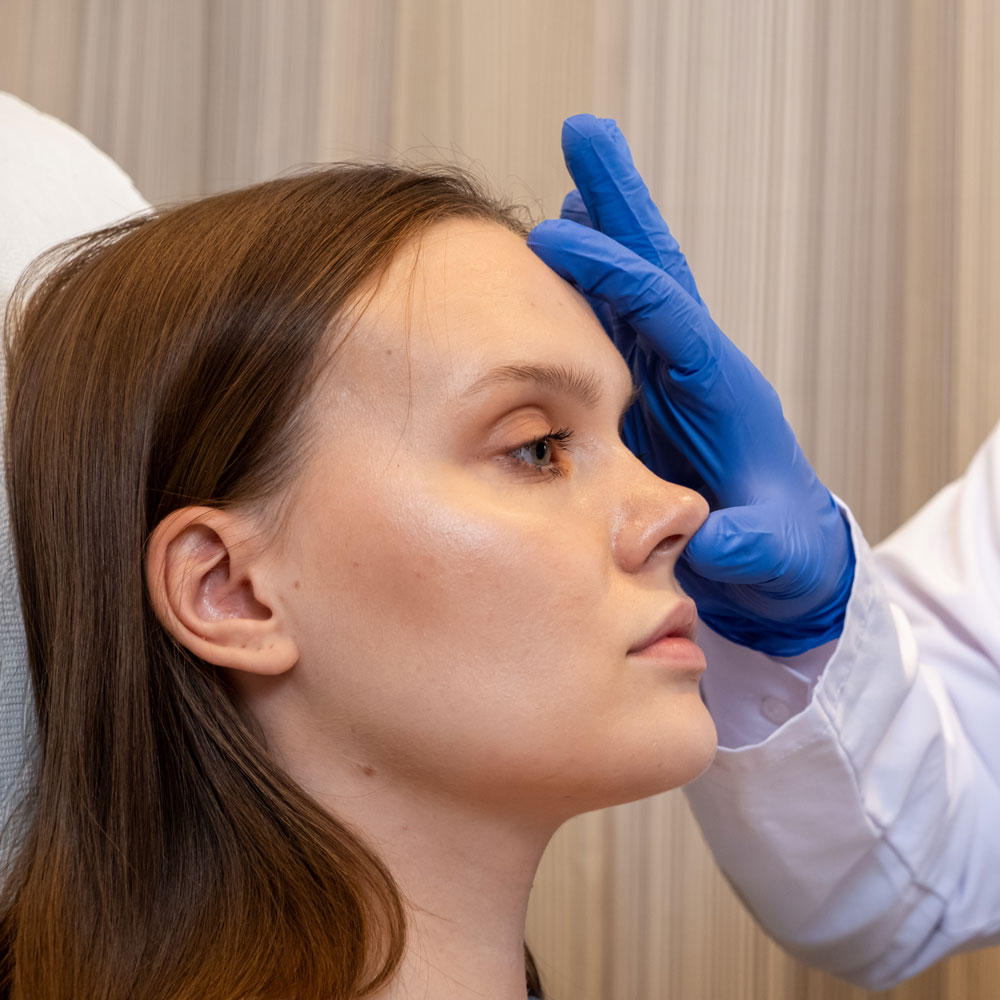
What Happens During the Procedure
Turbinate reduction with septoplasty is usually performed under local or general anaesthesia. The surgeon makes incisions inside the nose, so no external scars remain. For septoplasty, the cartilage and bone of the septum are straightened or reshaped. For turbinate reduction, tissue is carefully reduced using surgical tools, radiofrequency, or laser. The goal is to maintain turbinate function while creating more space. Once adjustments are complete, dissolvable stitches may be placed. In some cases, soft splints are inserted to support healing. Altogether, the procedure usually takes one to two hours.
Recovery After Turbinate Reduction With Septoplasty
Recovery is relatively straightforward, though patience is needed. Patients typically return home the same day. Swelling, congestion, and mild discomfort are common during the first week. Splints, if used, are removed at a follow-up appointment. Most people return to light activities within a week. However, exercise should be delayed. Breathing improvements become more noticeable as swelling decreases. Within a few weeks, airflow feels clearer, sleep improves, and energy levels rise. With proper care, full results are long-lasting.
Conclusion
Turbinate reduction with septoplasty is a proven way to restore clear breathing. These combined procedures are a great option to improve daily comfort. Patients experience benefits ranging from reduced congestion to improved sleep and overall wellbeing. Costs vary worldwide, but the long-term improvements make the procedure worthwhile.
For more information and to book a consultation visit the ACIBADEM Beauty Center webpage.
Frequently Asked Questions
The combined procedure usually takes one to two hours under anaesthesia.
No, anaesthesia prevents pain. Some swelling and congestion are expected during recovery.
Most patients notice improvement within weeks as swelling subsides.
No, incisions are made inside the nose, leaving no visible scars.
Costs range from £2,500 in Turkey to £8,000 in the USA.

